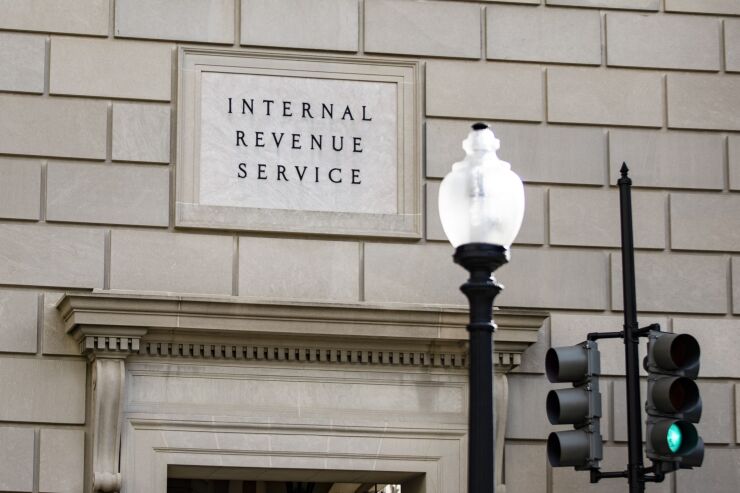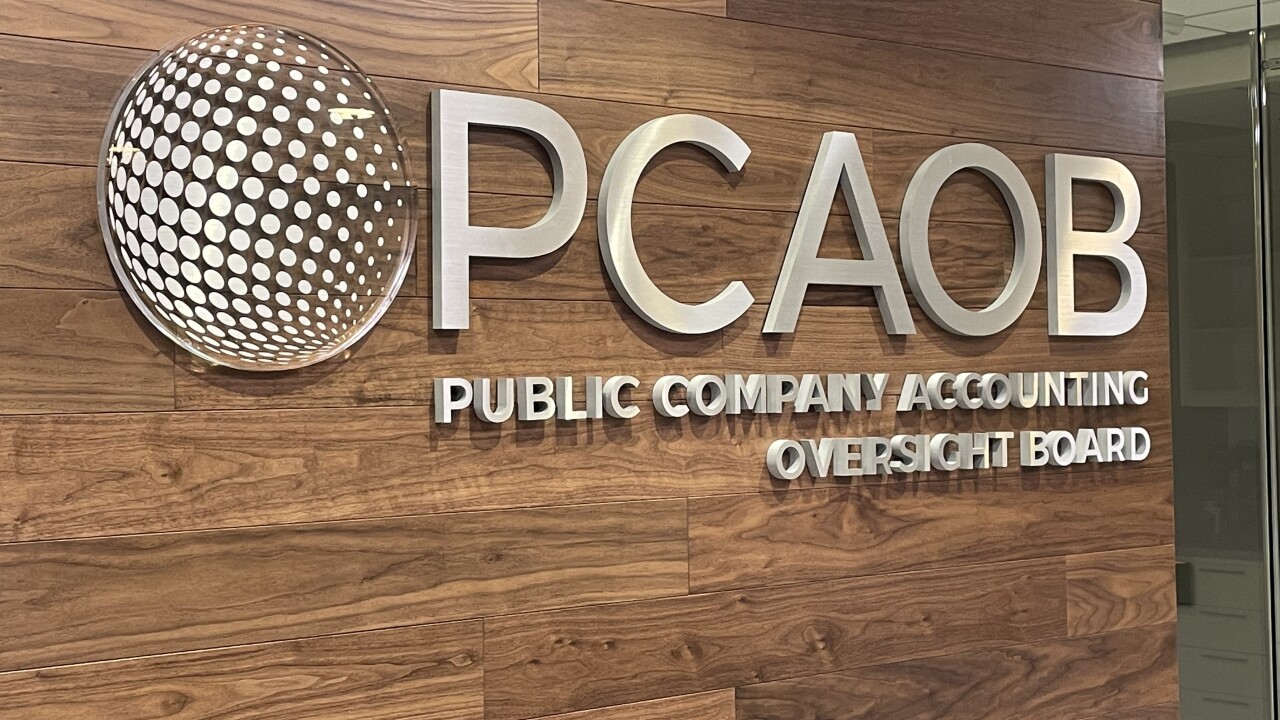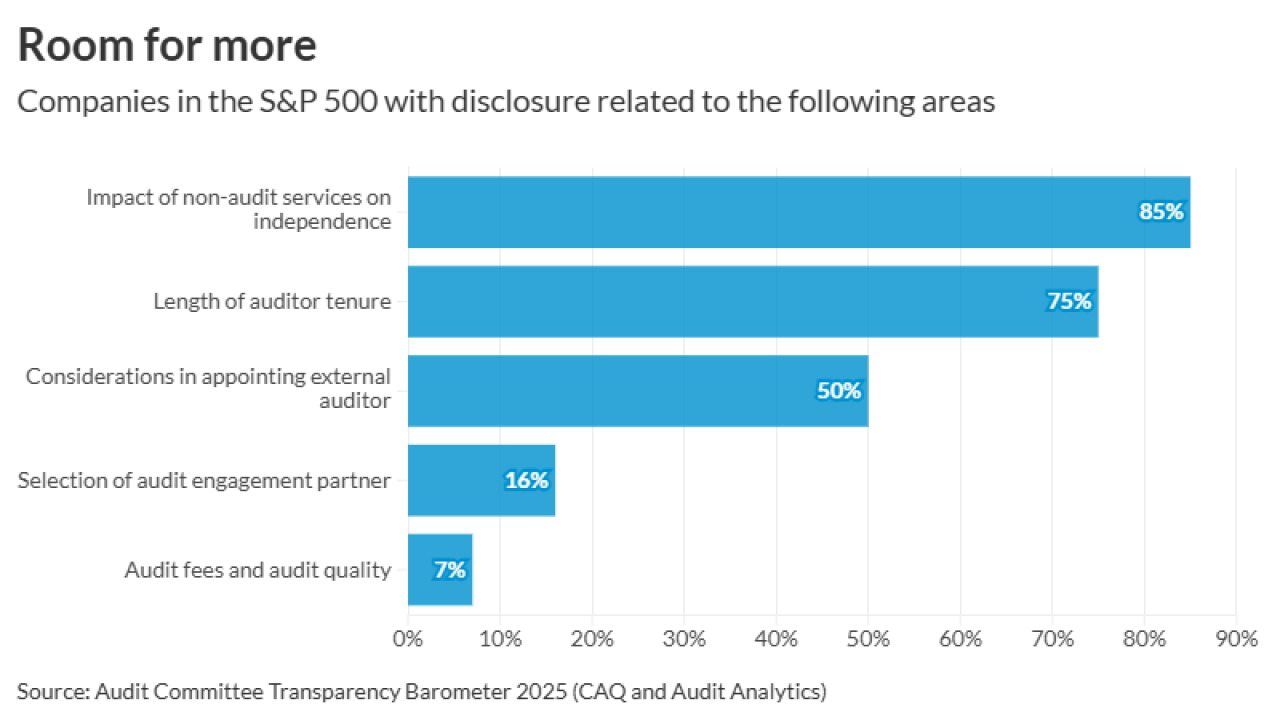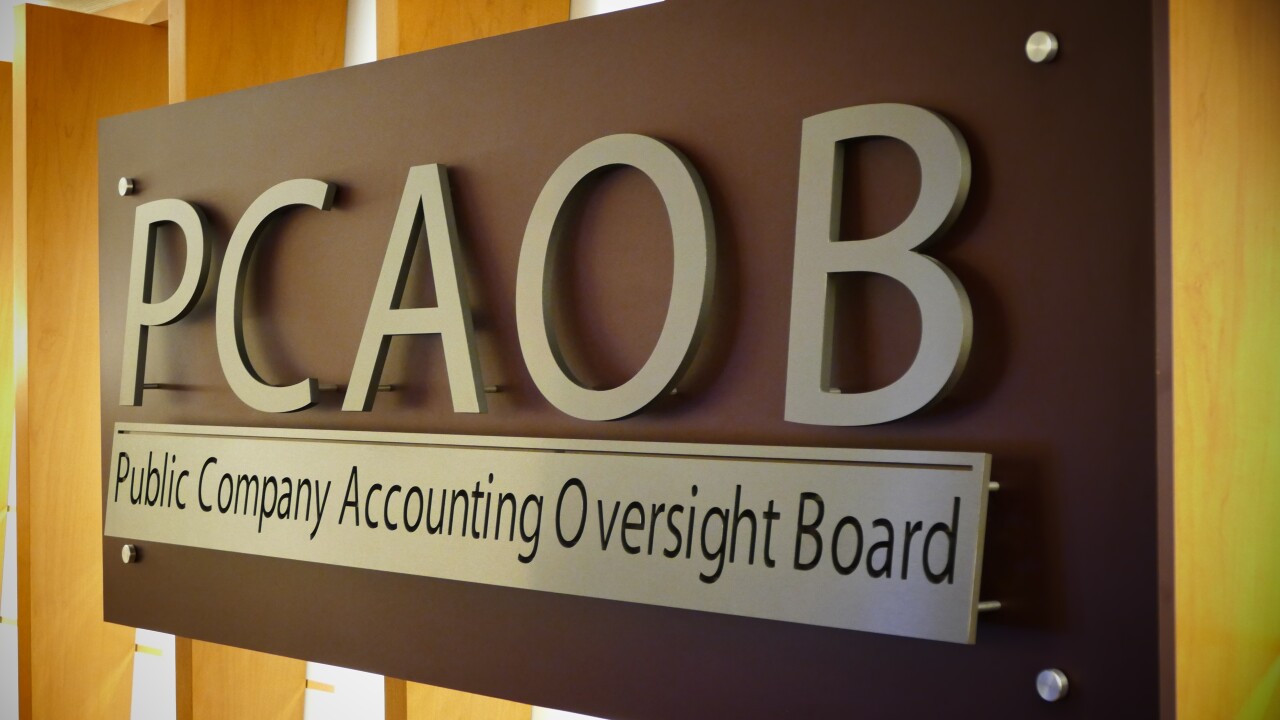The Internal Revenue Service has been facing
The
Other factors, including whether a hospital provides financial assistance to those unable to pay, are relevant in determining whether a hospital is providing a benefit to the community, the report noted. However, the Internal Revenue Code doesn't specify what eligibility criteria or level of assistance provided is considered to be adequate for a financial assistance policy to meet the statutory requirements. "Vague or unclear eligibility criteria could potentially cause confusion for patients and inconsistent application of the requirements across hospitals," said the report.
In April 2022, the IRS revised the scope of its CBARs to focus only on the Affordable Care Act's statutorily required community benefit standard. As a result, examination referrals dropped 98% from fiscal years 2022 through 2024.
To address the reduced amount of oversight due to the streamlined CBAR process, the IRS implemented a compliance strategy that aimed to identify potential noncompliance by tax-exempt hospitals. Using the IRS's data, TIGTA did an analysis of the available filing information to identify tax-exempt hospitals potentially subject to the CBARs and compared it to the IRS's population of tax-exempt hospitals. TIGTA identified 142 missing tax-exempt hospitals that the IRS should have included in its population but weren't identified or reviewed. In addition, the IRS excluded 14 governmental unit and 13 church-affiliated hospitals from the population for other reasons.
TIGTA made four recommendations in the report, suggesting the Treasury Department's Office of Tax Policy consider a legislative proposal to amend Section 501 of the Internal Revenue Code and any other required provisions of law to define the community benefit standard and establish baseline criteria for tax-exempt hospital financial assistance policy eligibility. TIGTA also recommended the IRS should update its guidance to include reasons for excluding dual status governmental unit and certain church-affiliated hospitals from the CBARs because they are statutorily mandated. The IRS agreed with all four of TIGTA's recommendations and plans to implement corrective actions.
"The IRS appreciates TIGTA's analysis and the opportunity to consider improvements in the tax administration of tax-exempt hospitals," wrote Robert Choi, acting commissioner of the IRS's Tax-Exempt and Government Entities Division. He pointed out that the Government Accountability Office agreed with TIGTA that Congress should consider specifying in the Internal Revenue Code what services and activities it considers sufficient community benefit to improve the IRS's ability to oversee tax-exempt hospitals.That would enable the IRS to issue updated regulations that provide more specific guidance.
However, the IRS will likely face difficulties given the






